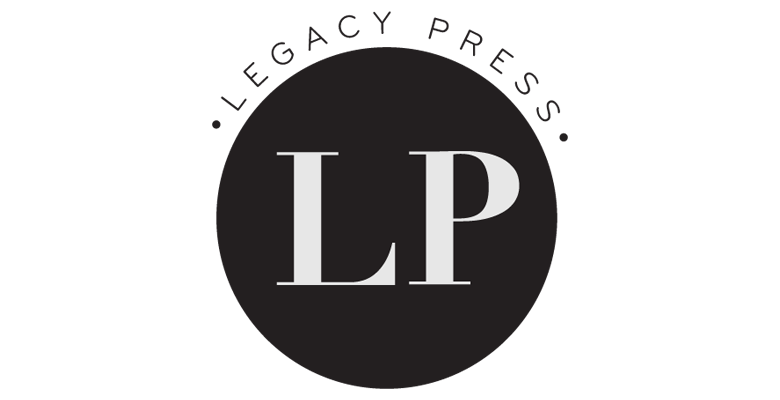Many smart phone users have been there, while innocently exchanging text messages, autocorrect decides it knows better than its users do. Before people can react, words are changed, resulting in anything from laughter to jaws dropping when messages turn out wrong.“I try to say one thing and my phone autocorrects it before I catch it,” junior Ashley Dorris said. “My sentences would turn out really jumble and mixed up, because autocorrect change my words to something completely different. When I try to type ‘hell,’ it corrects it to ‘heel.’ However, when I try to type ‘heel’ it corrects it to ‘hell,’ some times I think my phone hates me.”
The autocorrect feature is meant to make typing easier, but it often gives users annoying consequences. The web is full of sites, such as autocorrectfail.org which exists solely to document the victims of autocorrecting. Freshman Tiffany Brown has experienced the consequences of autocorrect.
“I don’t think autocorrect is a good feature, it has gotten me into big trouble sometimes,” Brown said. “I was texting my mom and I was talking about a rubber ducky, and my phone changed a word to a cuss word. My mom replied and asked why I was using that word, and she was upset. I tried to explain what happen to my mom, but in the end, I got grounded for a week.”
While brown may have trouble with the feature, senior Kayla Ebelt appreciates its usefulness
“I think autocorrect is a useful feature,” Ebelt said. “I misspell words sometimes, and it helps me to spell words correctly. Autocorrect makes sure I don’t have text messages that turn out wrong. That is why I don’t have any incidents [with] my phone.”
While other students like the feature, one student has done away with the use of autocorrect completely.
“I don’t have autocorrect on my phone anymore,” sophomore Sam Thomas said. “Autocorrect is a good feature if you can’t see or spell very well. I took the autocorrect feature off my phone through the settings because it has given me trouble in the past.”
Teachers sympathize with students thoughts on the unnecessary use of auto correct.
“I don’t use autocorrect because I know how to spell,” substitute teacher Andrea Lippert said. “I’ve seen the funny stories online about the mishaps about autocorrect and I think the stories are hilarious. I also don’t see any usefulness in the feature what so ever.”
The autocorrect feature was popularized by the first iPhone model made by Apple in 2007. The feature is also on other mobile devices across multiple OS platforms. The International Data Corporation projects that over one billion smart phones are to be shipped across the globe in 2015 nearly doubling the amount shipped in 2011.






